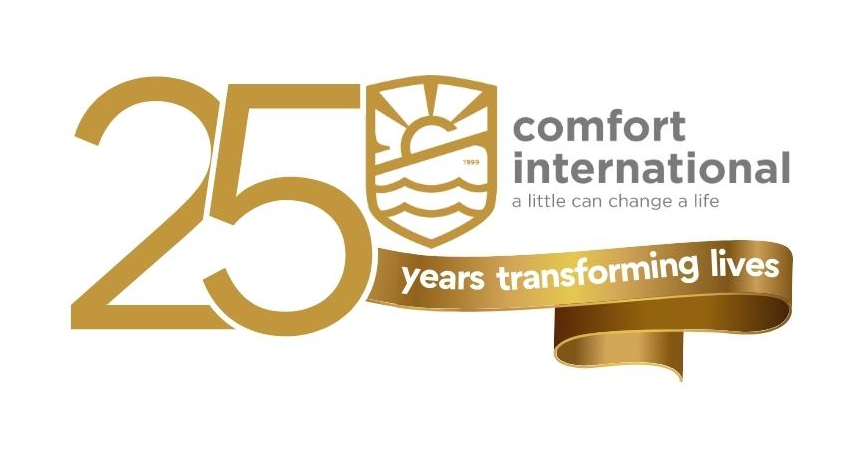In 1998 Louis Muvunyi, who would later become the Anglican bishop of Kigali, came to The Training Centre; a cross denominational Christian training centre in Cumbernauld, Scotland, through sponsorship from the Charles Bilinda Memorial Trust, set up by Lesley Bilinda, a genocide widow from Edinburgh who had worked for Tearfund, married in Rwanda and was bereaved by the genocide.

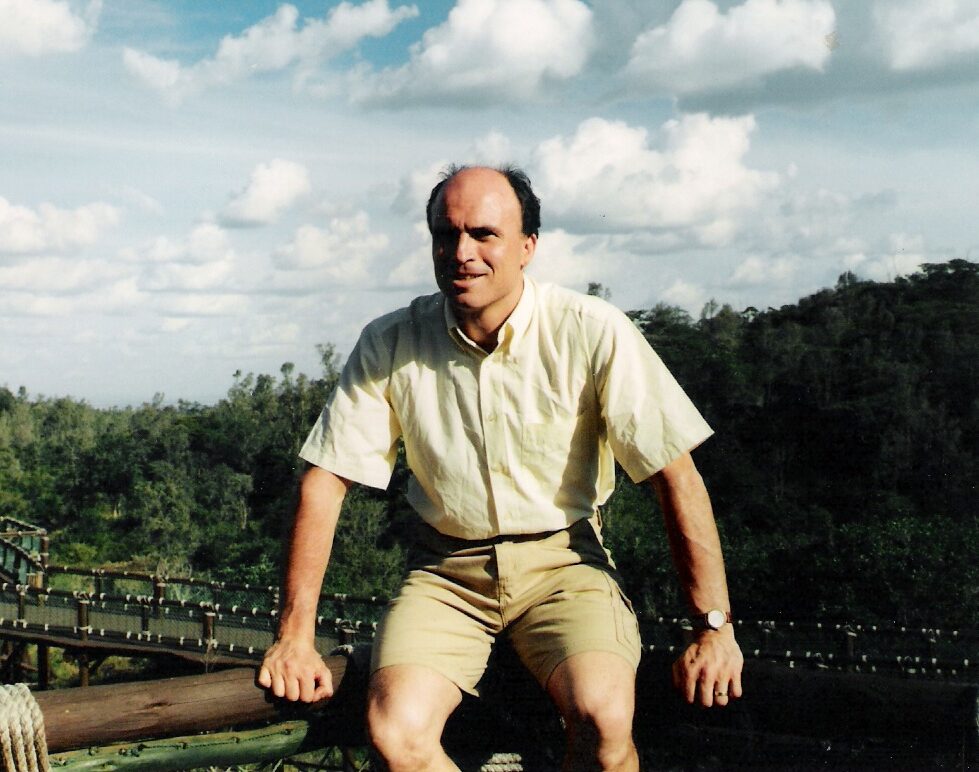
At the end of a year’s study he invited the director of The Training Centre to visit Rwanda. So in September 1999, Callum Henderson ventured over to Rwanda with little concept of what awaited him there and what God intended to do through the visit. During those two weeks we met incredible people who would become our partners and friends over the following years – leaders like Ben Kayumba, Jean Gakwandi of Solace Ministries, and Paul Ndahigwa of The Living Church (left to right on the cover photo above).
Rwanda was in a state of trauma, stunned and broken by the shocking scale and brutality of 100 days of evil madness in the genocide against the Tutsi of 1994. Bodies still lay piled up in churches where they were massacred whilst seeking refuge, incursions by the exiled genocide militia were only just ending, the infrastructure and economy were shattered, eight-year-old children had been left in charge of younger brothers and sisters, widows cried endlessly for their lost husbands and their own violations, and survivors gazed blankly into space captive to a horror show playing endlessly in their own heads. But God was touching hearts with his compassion for the broken people. At that time the rains had failed and many people, especially survivors without support, were struggling to survive and Comfort Rwanda, the precursor of Comfort International, emerging out of the vision of Isaiah 40:1, ‘Comfort, comfort my people, says your God’, was birthed in the tear-stained weeks following that visit to provide support and hope for those survivors. Funds were urgently needed as hunger began to threaten the lives of genocide survivors, and, before the year was out, lives that had been saved from the massacres were being lost to famine.
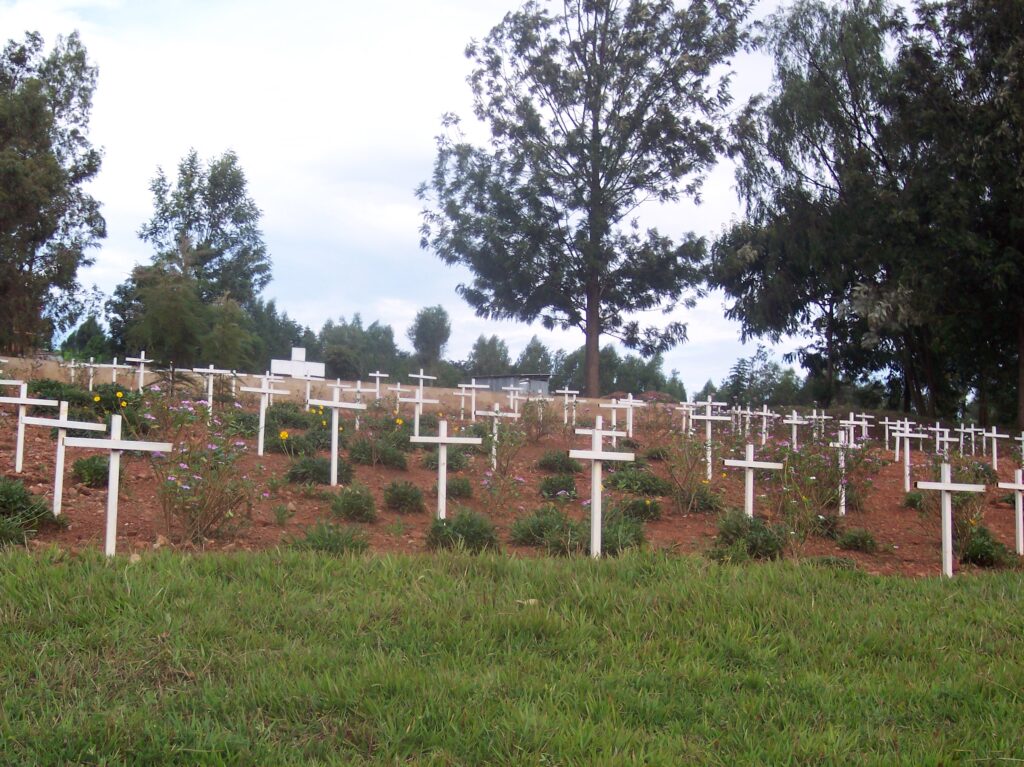

In those early years the need of genocide survivors was immense and acute. Desperately in need of comfort, survivors gathered in their hundreds wherever there appeared to be a hope of comfort, counsel and fellowship. The funds that had been sent for seeds, food and crops were blessed and in 2000 rains had come to water the fields of sweet potatoes planted. It was the first project we had funded and lives were being changed. 3240 people were provided with food and crops. The support helped consolidate the work of Solace Ministries in gathering survivors as they met to work together, pray together and cry together. Jean Gakwandi of Solace described it as ‘a catalyst to an active reconciliation in a broken society as ours.’

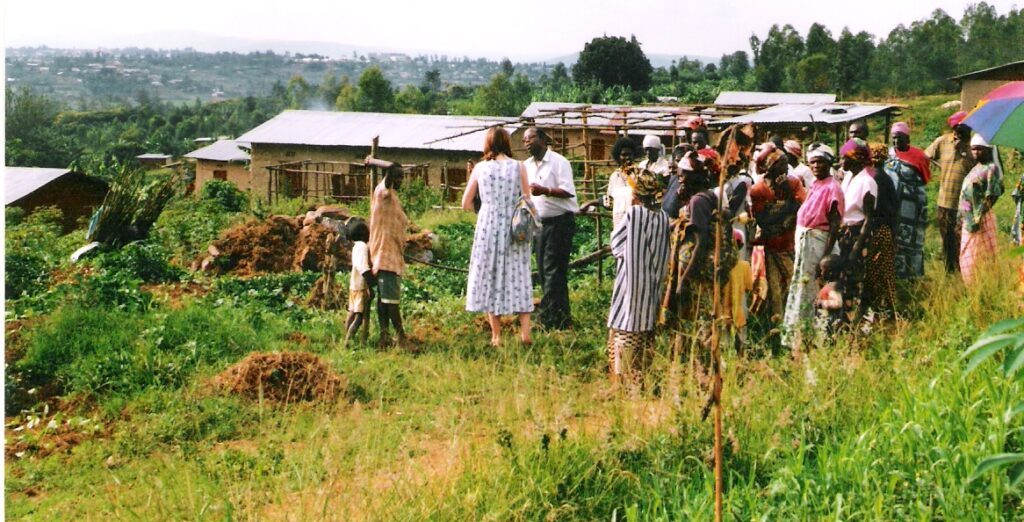
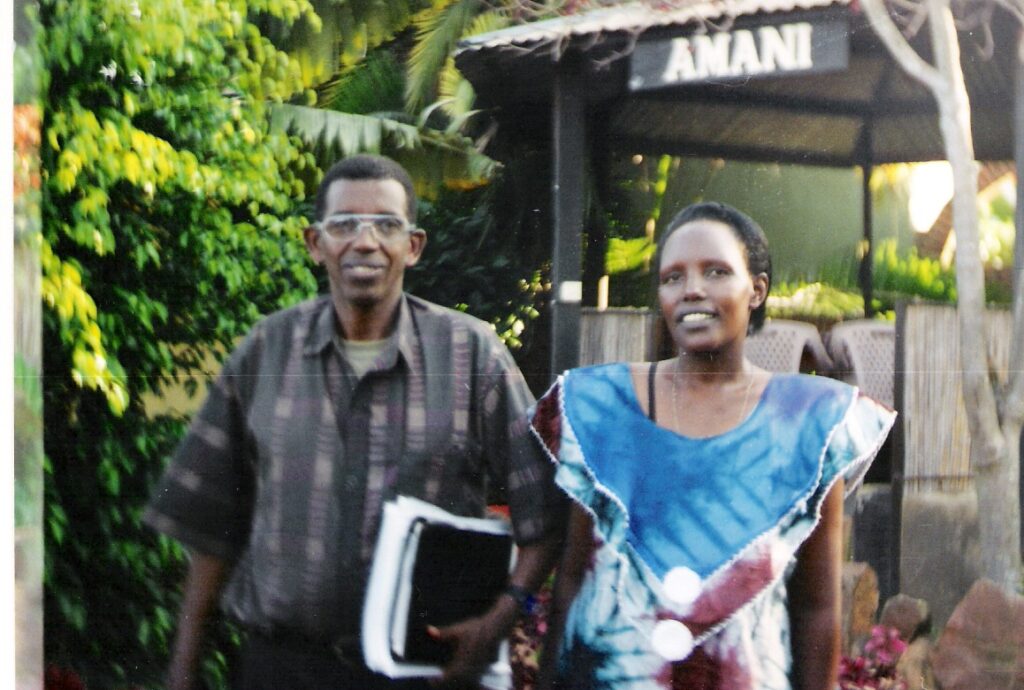
At the same time the church in Rwanda faced the massive task of bringing comfort and hope to a population that felt betrayed by many church leaders. Paul Ndahigwa of The Living Church had been in exile when the genocide broke out, but travelled back to Rwanda during that time and began to minister healing and reconciliation to the remnants of Rwanda’s people. In the midst of a spiritual desert God was beginning to move and hearts were touched and communities transformed.
Genocide survivors continued to hunger for help and survivor after survivor would stand up in meetings and tell their shocking stories. AIDS-affected women regularly died. Survivors struggled to find enough food and when the rains failed again in 2001 further food and crop support was sent. ‘We are dead inside and even outside’ one survivor said, ‘we need in fact the message of comfort.’ Groans, shrieks and screams, fainting and the carrying out of distressed or unconscious survivors happened in almost every meeting. But stories of healing began to emerge. Survivors groups provided a safe place to unburden the pain and loss of the horrors of 1994.The love of God was crucial to this healing – ‘some good people have helped us in many ways’ a widow said, ‘but they have not been able to remove the sorrow from our hearts. Now we see that Jesus can.’
Partnering with Solace Ministries to help children attend camps for healing, counselling and spiritual and emotional renewal allowed 600 more children to receive that crucial help but practical support for wounded widows who had lost homes, land and husbands was also crucial and goats were distributed to widows. Jean Gakwandi first broached the idea of writing a book on the survivors journeys of recovery – a project that would be five years in the making and lead to the publication of Beauty From Ashes.
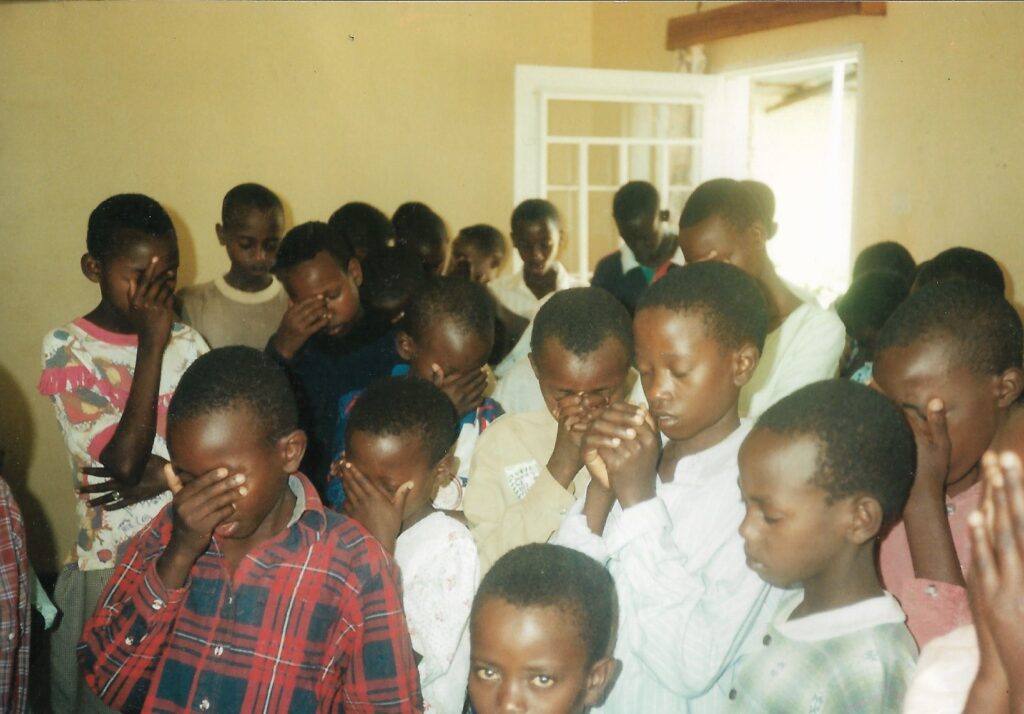

In May 2002, Callum cycled 340 kms across Rwanda to raise over £4000 for survivors, primarily to initiate a project of cattle distribution. Cattle were traditionally owned by the Tutsi and had been decimated in the genocide. The need to develop longer term means of sustaining genocide survivors could be helped if they had milk to drink and manure for their crops. Helping children go back to school after five years of genocide related absence began to restore hope and a future in Rwanda and together with Solace we played a small role in the recovery of a new generation.
If any year threatened to extinguish the flame of what God was doing through Comfort Rwanda it was 2003. By the end of the year, with only three regular supporters left we were considering the option of closing the charity down. Funds that had come in the year before or early in 2003 were used to continue support for the cattle project, pastors’ training, and emergency relief for very poor individuals but as income dried up the outlook appeared bleak.
2004 was a key turning point for Comfort Rwanda with a new church base, what seemed like a relaunch and the opening of doors to new church partnerships. Income began to rise again and visits to partners resumed. Our two principal support projects for the year were pastors’ training with The Living Church and the support of children’s camps with Solace Ministries. The latter were particularly valued by Solace Ministries as many children had been left traumatised, injured, orphaned and homeless, in addition to often looking after other siblings. We met children like Constance (right) who became the guardian of seven children at the age of 11, and inspired by her courage and grace, were able to buy a new home for the family – homes for homeless survivors would become an increasingly important activity as the full extent of the destruction of homes became clear.

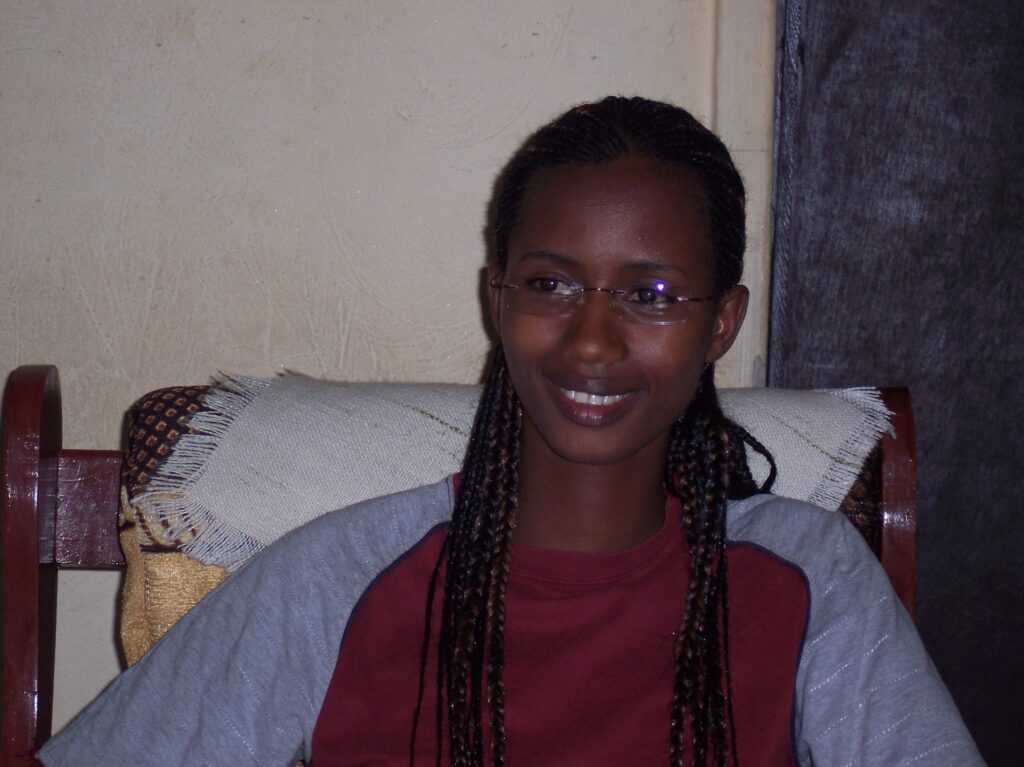
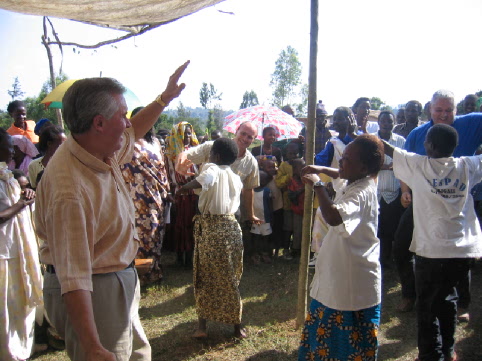
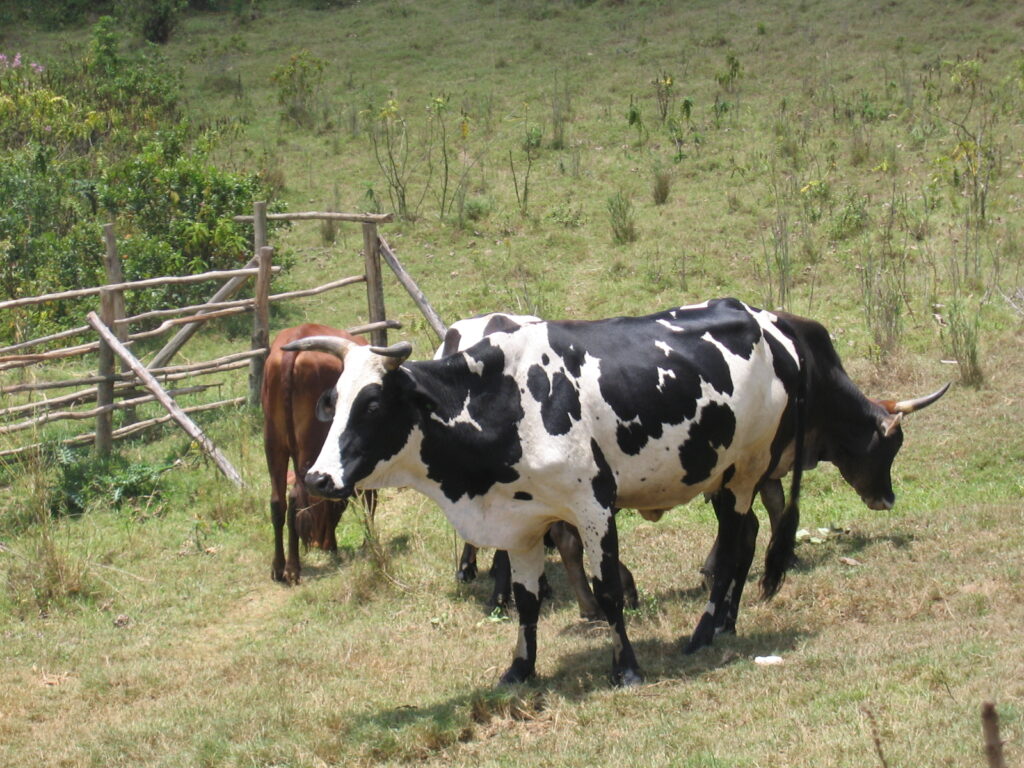
In 2004 God had opened up doors for a broader range of support and church partnerships and in 2005 the fruit of that began to grow. Income almost quadrupled to over £21,000 and, as a result, we were able to support survivors through a recurrence of the 1999-2000 food shortages, and fund new initiatives such as widows’ sewing projects, a survivors’ demonstration farm at Kabuga, bicycles for pastors, and goats for survivors. 2005 also saw three new projects that would last many years – the beginning of our longstanding support of the survivors’ craft group, the support of education for vulnerable children and youth, (both for school and university), and the sponsorship of survivors’ families, especially child-headed households through our partnership with Solace Ministries. Our first open group visit to Rwanda took place and the cattle project continued to attract support.
